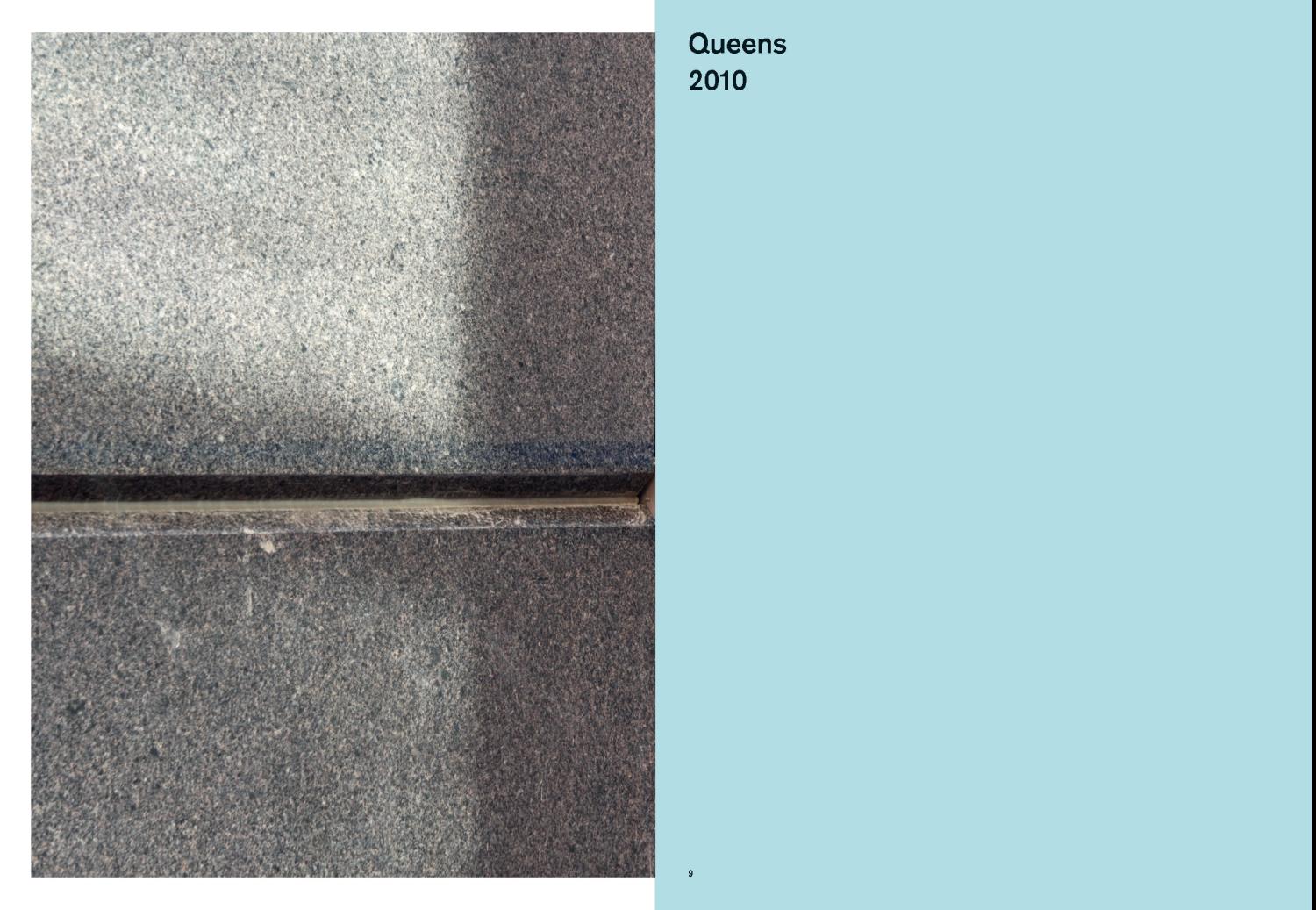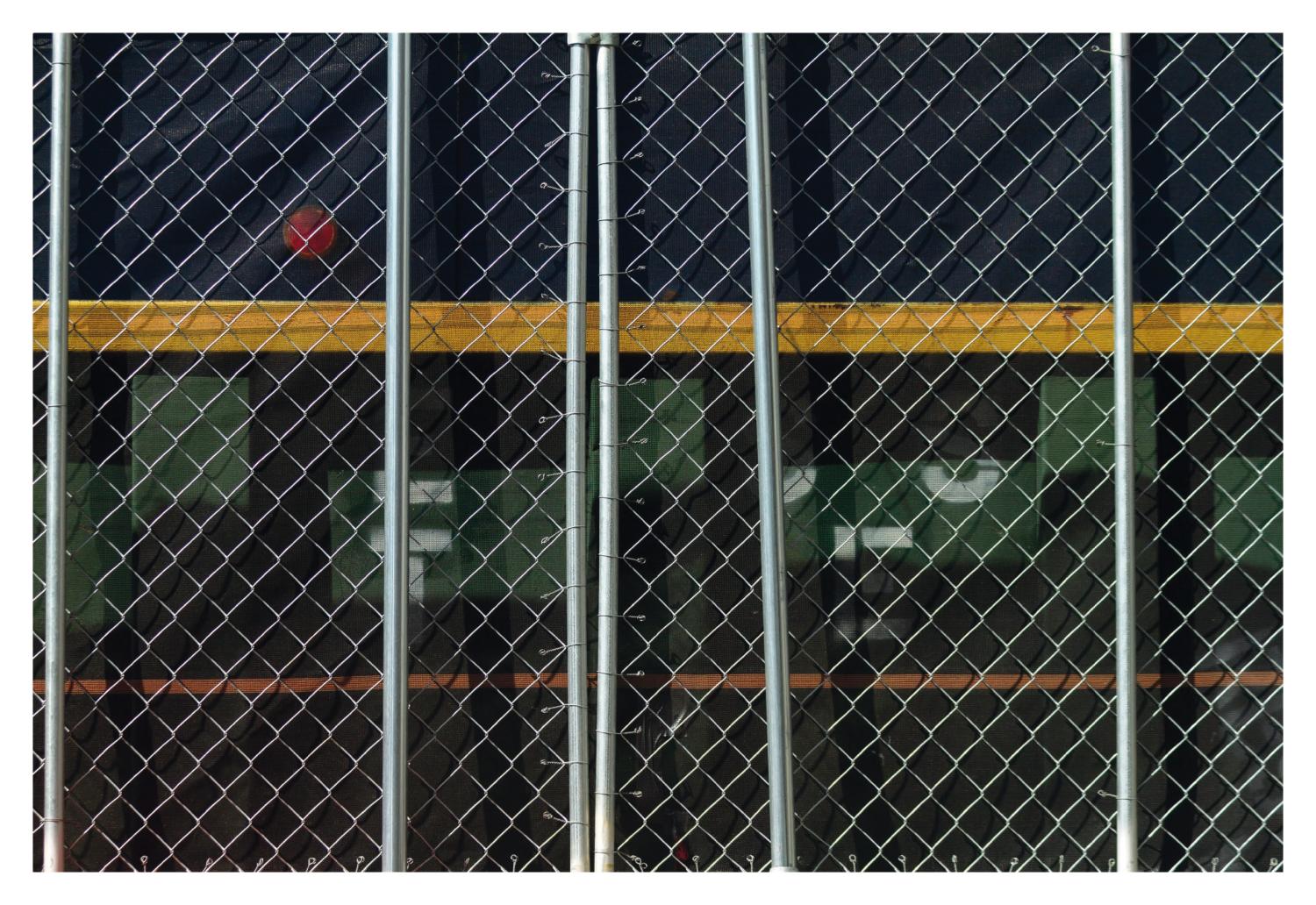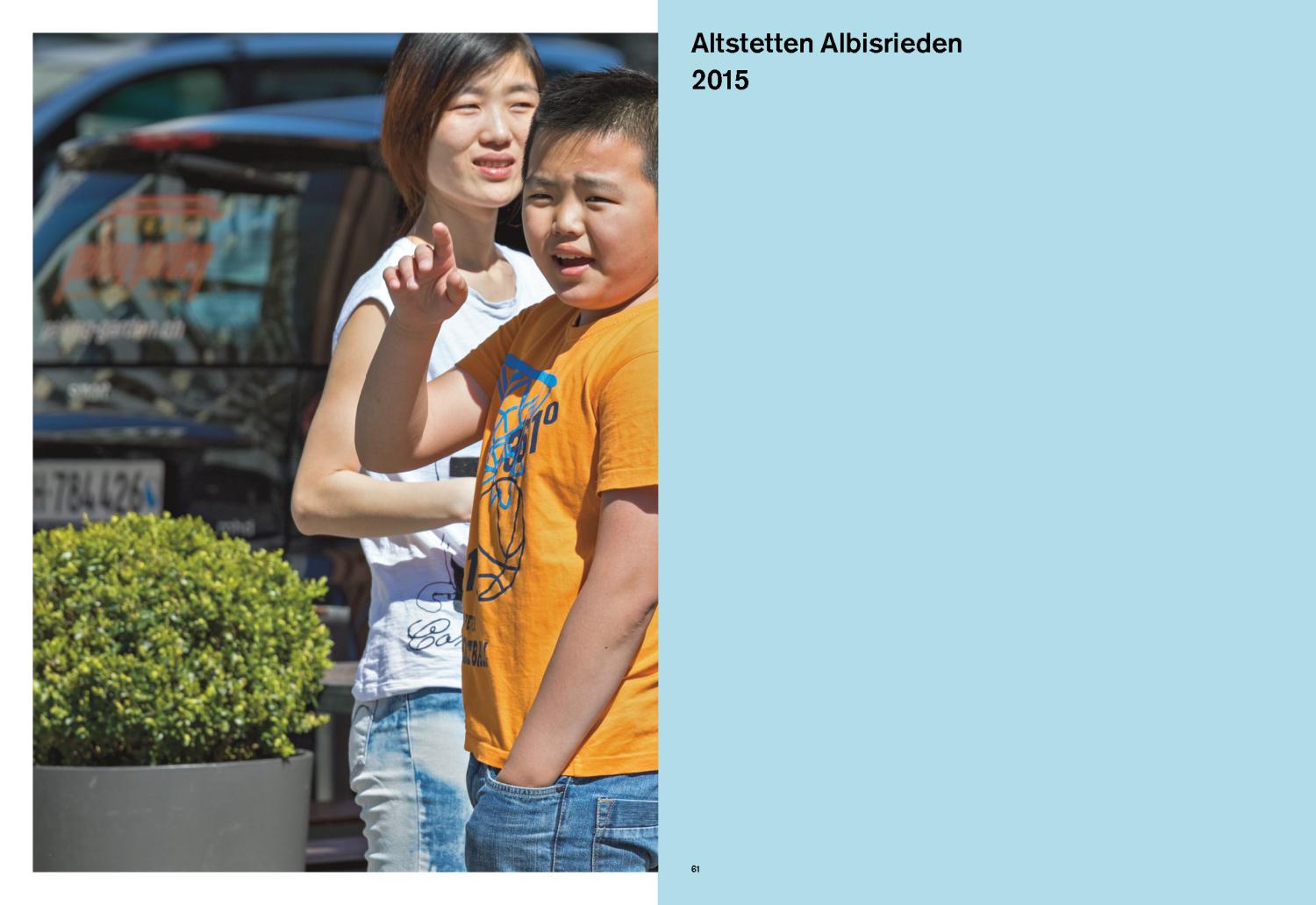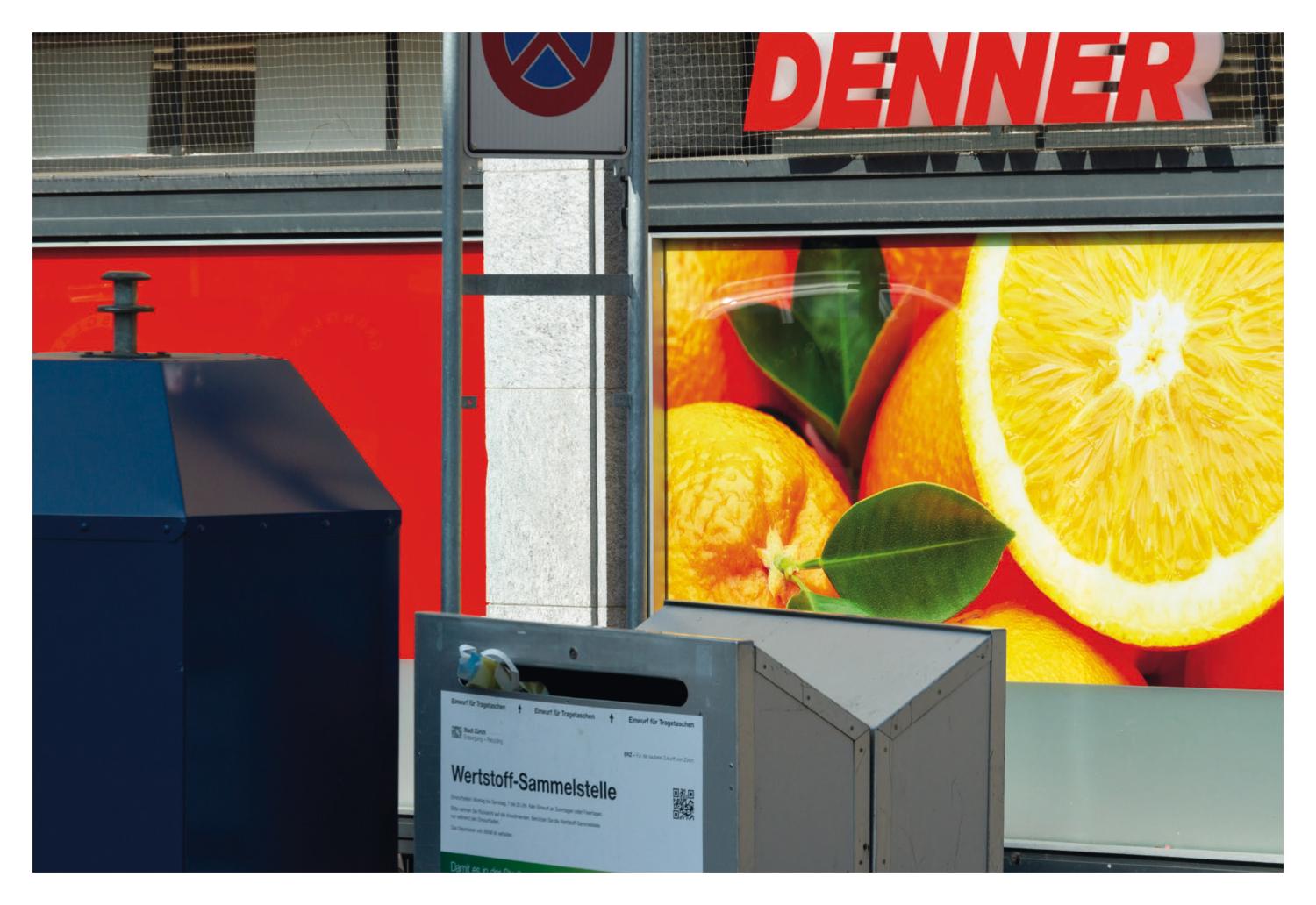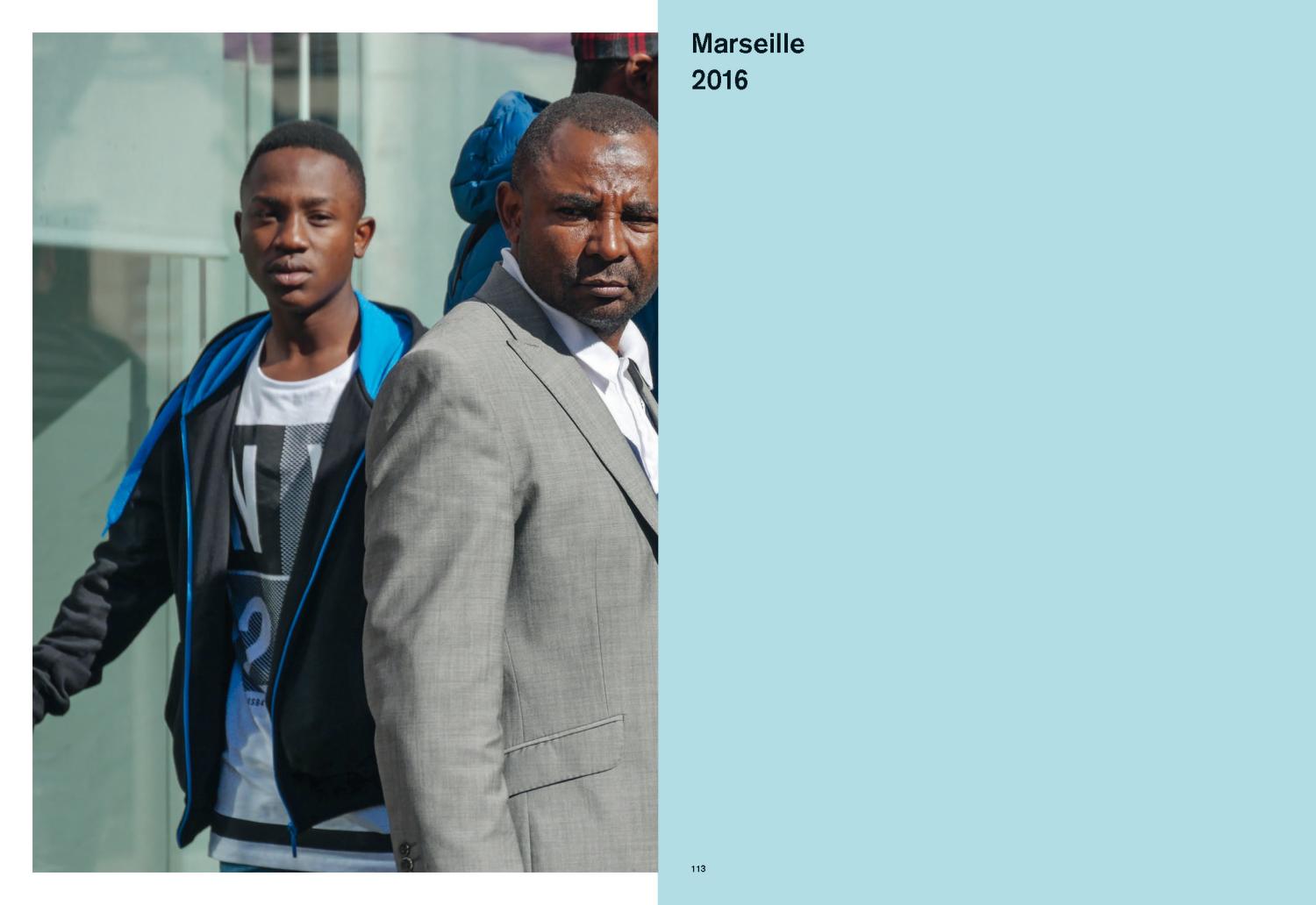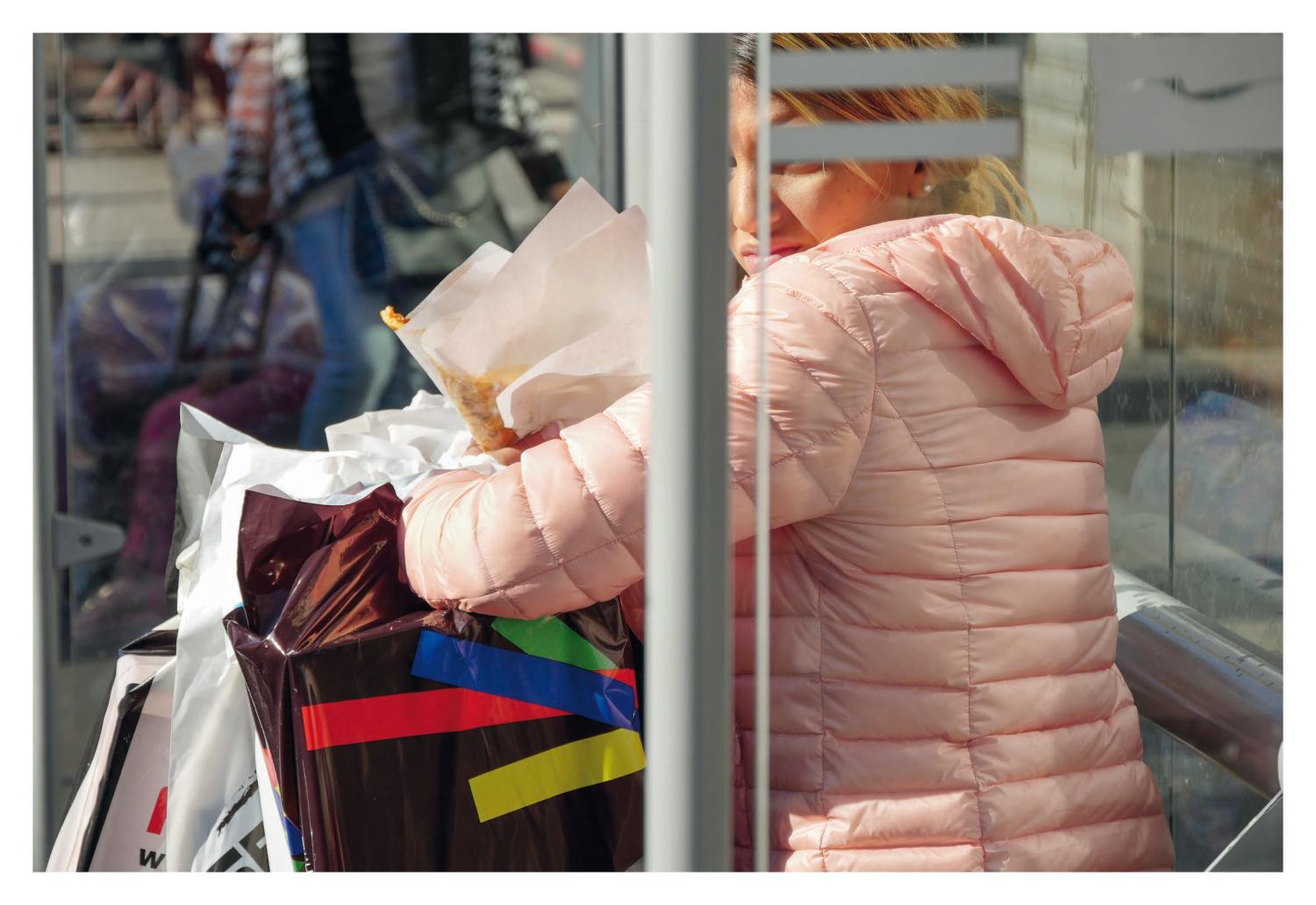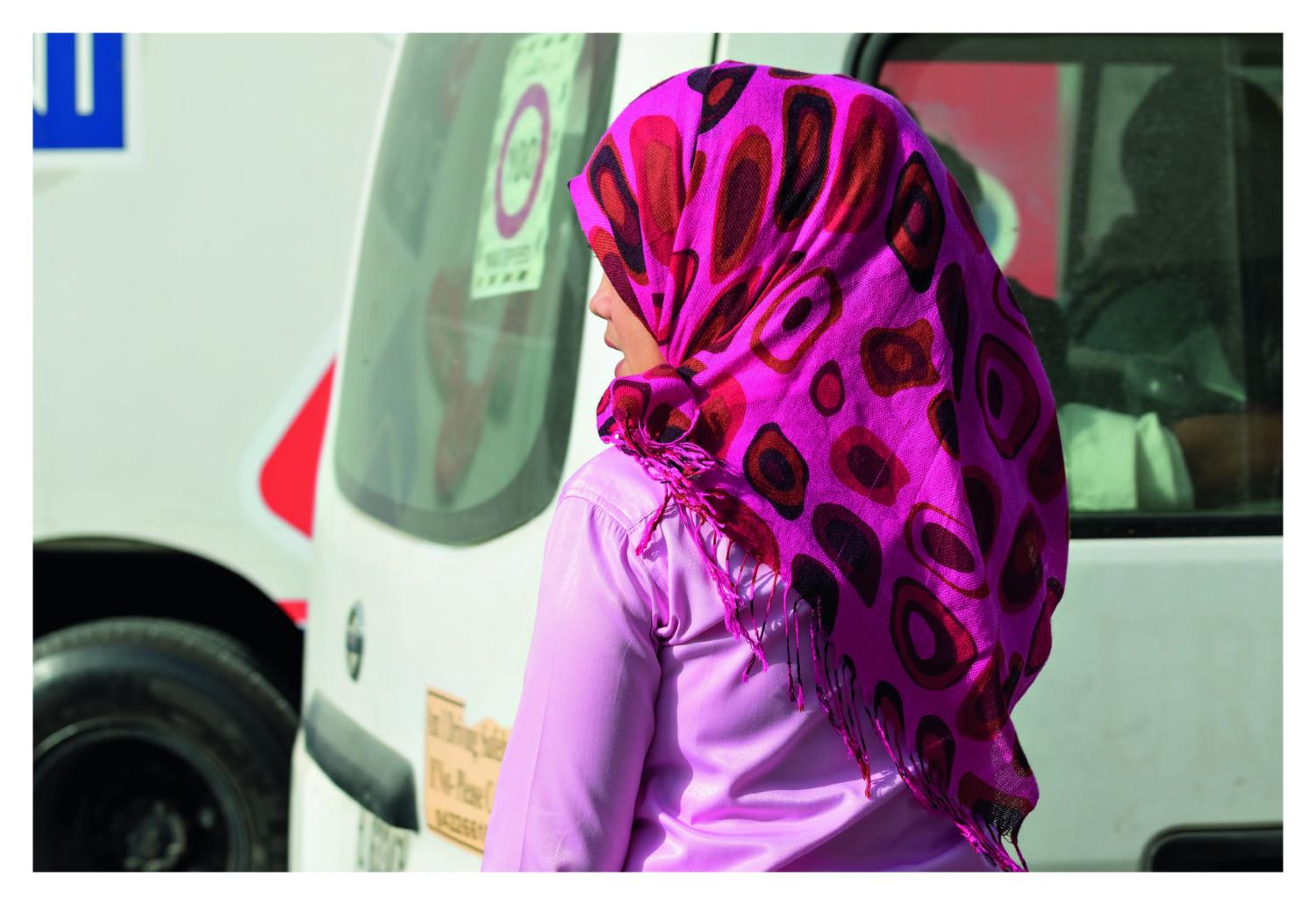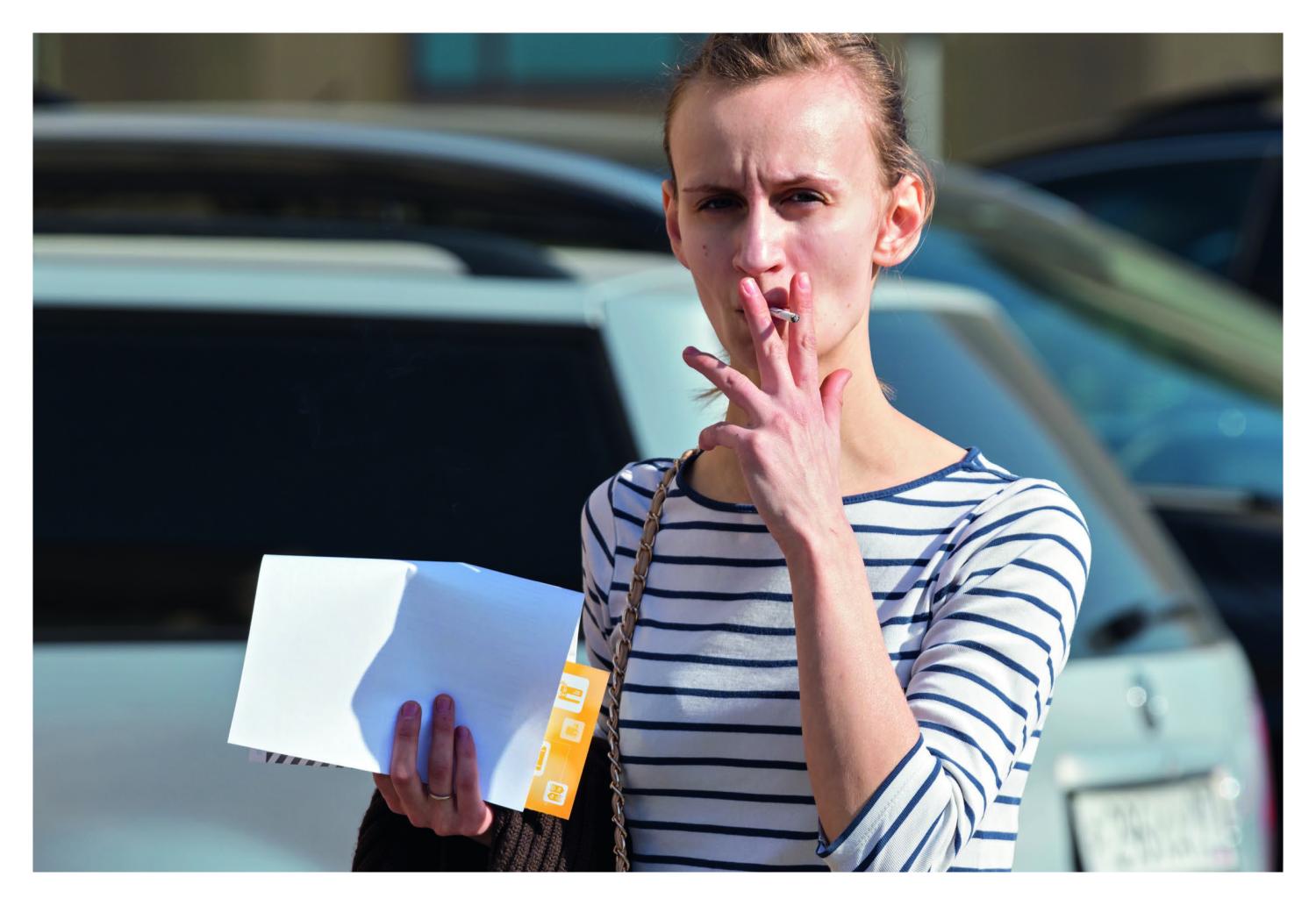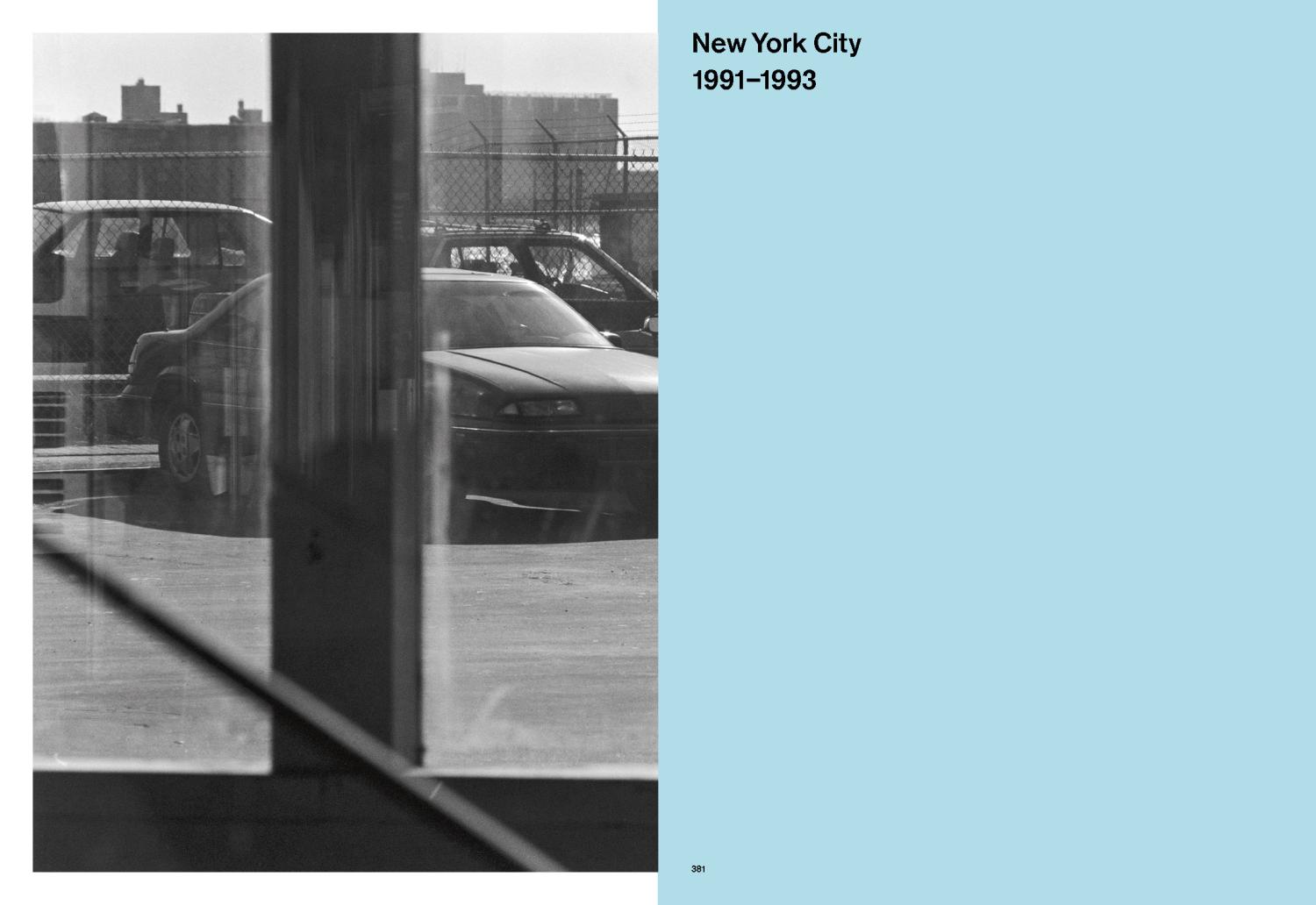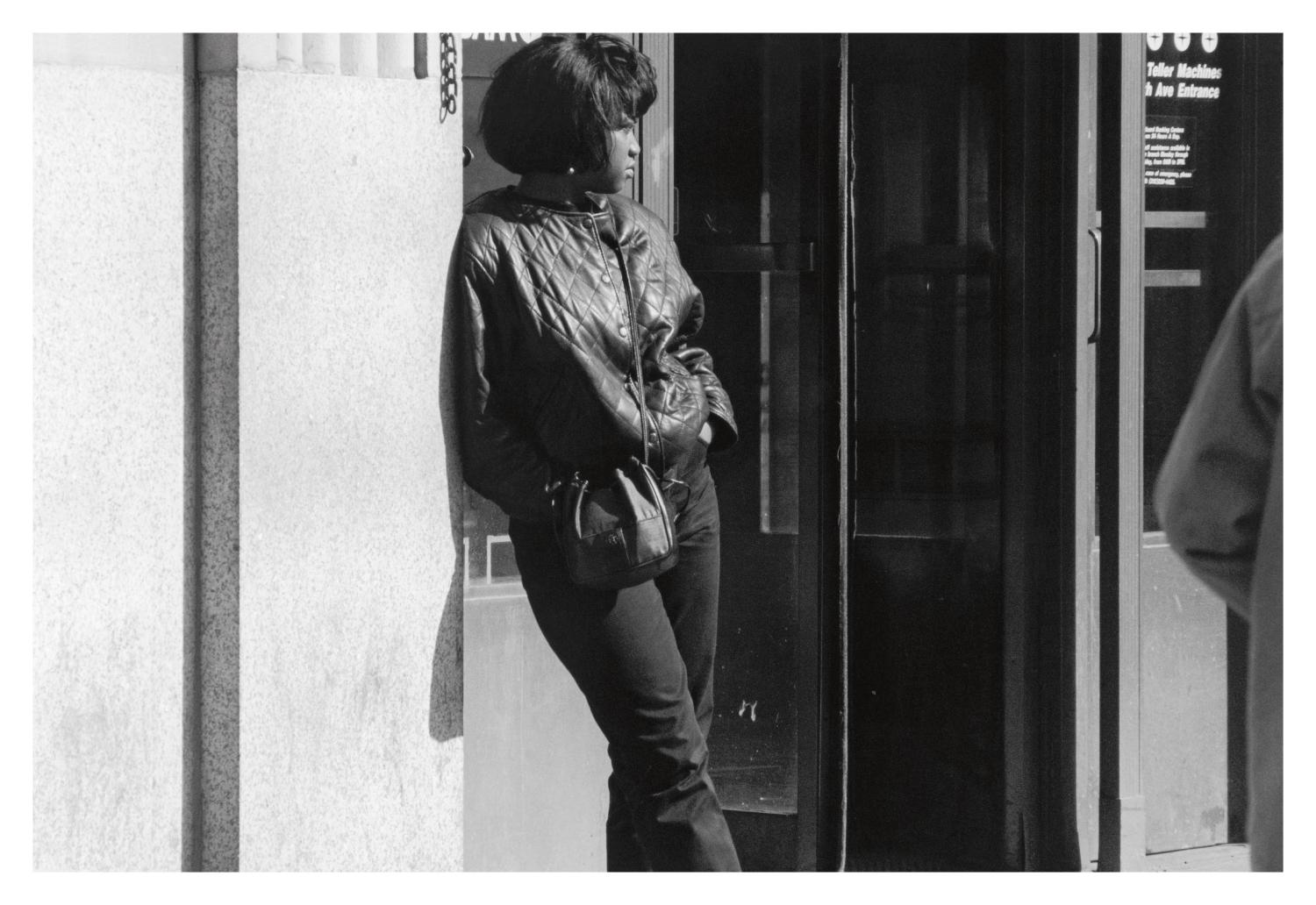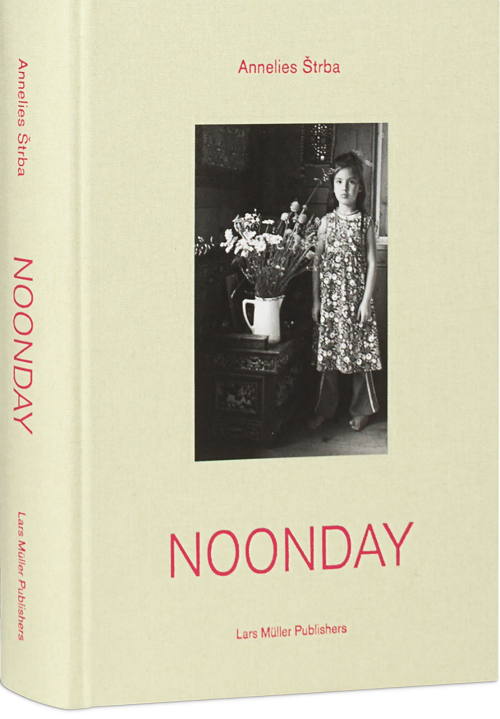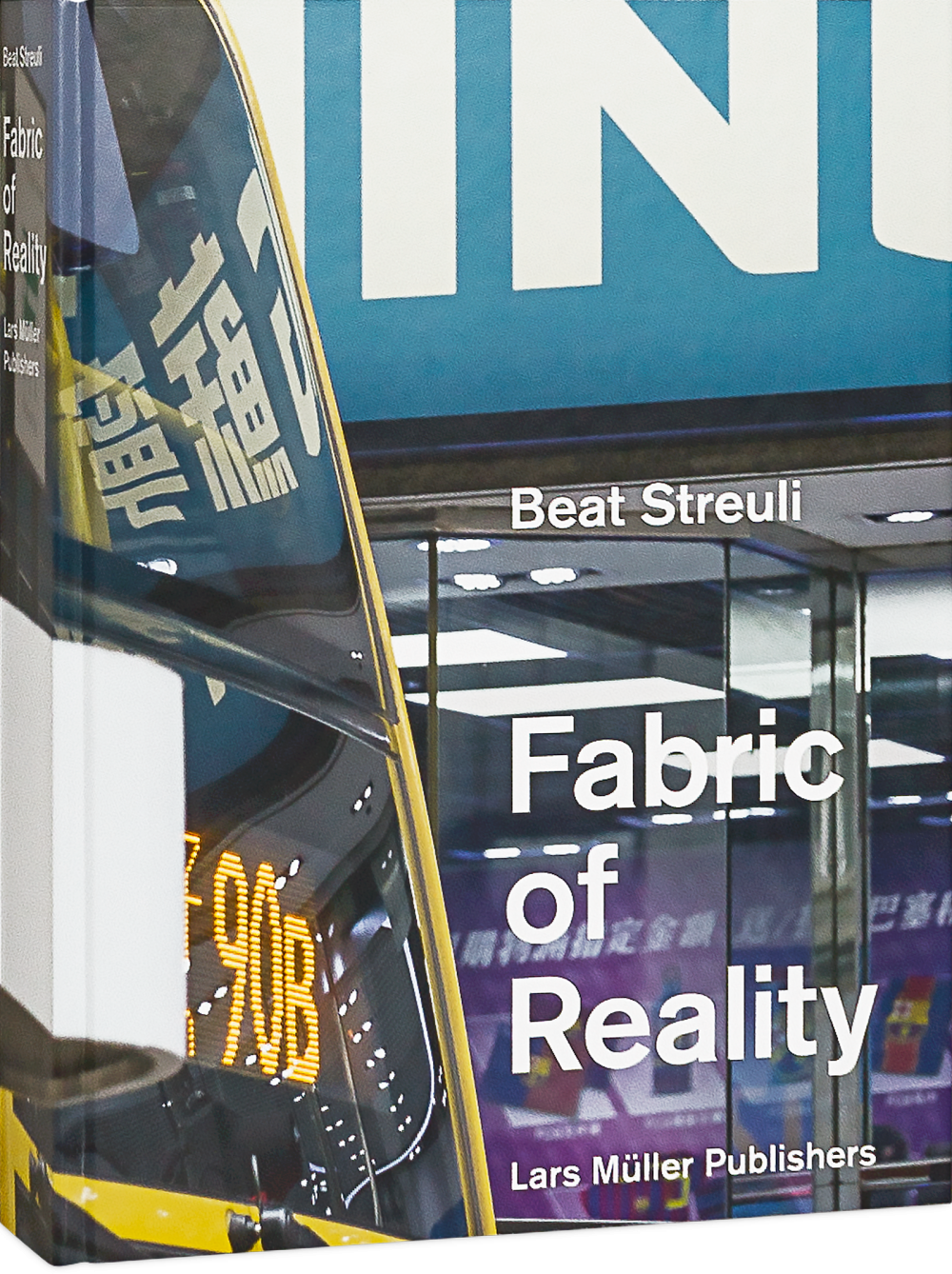
Fabric of Reality
Beat Streuli has been traveling the world for thirty years, photographing people in urban environments with great consistency. His motifs oscillate between privacy and anonymity, with people acting as constants and the city as a variable. Streuli's interest is not only in the inhabitants, he also deals with the city as a social and architectural concept. In doing so, Streuli not only works in global metropolises, but also moves around suburbs, smaller cities and agglomerations. His photographs paint a picture of the urban present and make an artistic as well as documentary contribution to the current discourse on urban, multicultural societies.
In Fabric of Reality, Streuli lays a trail leading through his oeuvre, linking projects, photographs, and video stills from the past seven years with early black-and-white works. Arranged in close succession and with frequent superimposition, the works create a visual rhythm that conveys an impression of an oeuvre marked by sober conceptual observation verging on documentary status. Essays on the themes of urbanism and sociology, as well as on media theory and the theory of perception, embed Streuli’s work in a discursive context.
Beat Streuli has been traveling the world for thirty years, photographing people in urban environments with great consistency. His motifs oscillate between privacy and anonymity, with people acting as constants and the city as a variable. Streuli's interest is not only in the inhabitants, he also deals with the city as a social and architectural concept. In doing so, Streuli not only works in global metropolises, but also moves around suburbs, smaller cities and agglomerations. His photographs paint a picture of the urban present and make an artistic as well as documentary contribution to the current discourse on urban, multicultural societies.
In Fabric of Reality, Streuli lays a trail leading through his oeuvre, linking projects, photographs, and video stills from the past seven years with early black-and-white works. Arranged in close succession and with frequent superimposition, the works create a visual rhythm that conveys an impression of an oeuvre marked by sober conceptual observation verging on documentary status. Essays on the themes of urbanism and sociology, as well as on media theory and the theory of perception, embed Streuli’s work in a discursive context.
